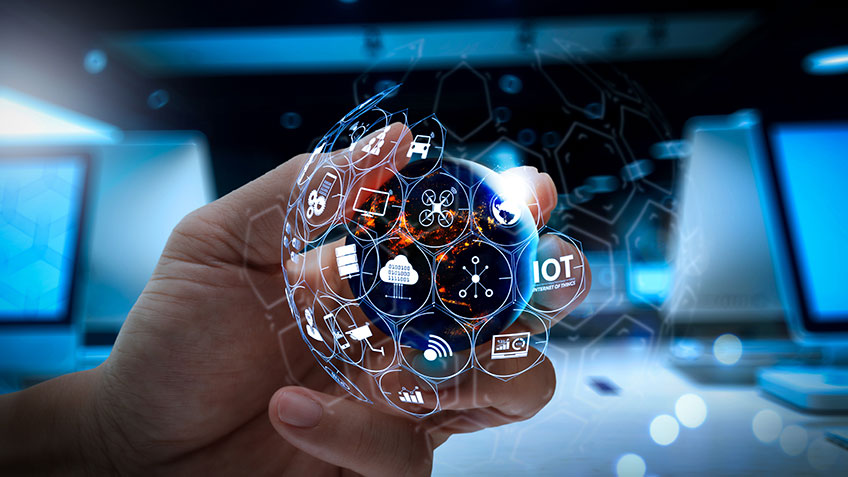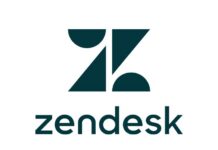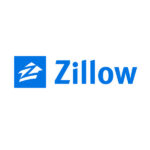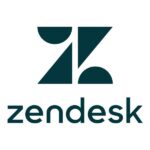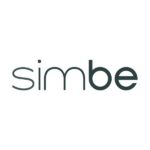By Melanie Nuce, Senior Vice President, Corporate Development, GS1 US
For decades, experts have been predicting greater conveniences and efficiencies enabled by connected things and devices. Today, Internet of Things (IoT) technology is rapidly evolving to support major transformations to the way we work and live, and to help us adapt toa COVID-19-influenced new normal.
Although the recent Gartner Hype Cycle for 2020 placed IoT about two to five years away from reaching transformational impact, there is strong evidence that many companies are alreadyprioritizing the technology to gain efficiencies and customer loyalty during the pandemic. This year, IoT is being explored with renewed urgency in almost every sector from retail to healthcare to industrial design, as the need to update antiquated systems, track products with specificity and reduce human intervention surge.
While we are on the brink of introducing far more automation into our lives through IoT ubiquity, it’s important for companies to be sure that the data feeding into the technology is standardized for efficiency and systems interoperability.Global data standards help identify the exponential amount of things to be connected. The identification of everything, including products, parts, locations, and other assets, will be critical to making an effortlessly connected world possible.
Let’s examine two IoT opportunities in the context of unique identification,and address the technology’s usefulness to solve timely challenges across industries.
The Connected Home
Americans have spent more time at home in 2020 than any other year in recent history. We work from home, we teach our children at home and have been forced to cancel many vacations to protect ourselves and others. Despite promising vaccine developments, we will likely still hunker down for much of 2021 and many companies are shifting focus on the connected home.
With fewer in person shopping trips, IoT has the potential to play a crucial role to support consumer convenience by sensing and replenishing a variety of goods. The rise in smart speakers and voice assistants could enable this shift. Roughly one in four Americans now own a smart speaker, according to recent a NPR and Edison Research study. Plus, 52% of voice assistant users say they use voice tech several times a day or nearly every day, compared to 46% before the COVID-19 outbreak. As more users connect voice to other devices such as their television or heating system, the home IoT ecosystem can grow and become more a part of everyday life.
Connected devices aside, what about the “dumb” things sitting on our shelves at home, like jars of baby food and tubes of toothpaste? As IoT expands, these items will need globally unique product identification more than ever. There must be a consistent way to link the product’s physical presence with a digital identity to complete IoT automation and create more modern conveniences. As more devices have camera capabilities to detect and replenish products in the home too, such as Google Nest Hub, computer vision in combination with specific digital identity could enhance convenience in ways we never thought possible.
Also, adding more structure to data will help systems make better sense of product data mixed with“people data” or consumer insights. For example, once IoT fulfills a product that a consumer indicates they want, unique identity can play a key role in making sure that consumer doesn’t continue to receive ads for a product they’ve just purchased.
Industry 4.0
Moving from the home to the factory or warehouse floor, the benefit of IoT shifts from convenience to efficiency. Here, the concepts of digital and persistent identity will play a central role to continue to transform outdated processes and systems. In “Industry 4.0,” which refers to a new wave of highly automated industrial technology adoption, not only do products need a digital identity to connect the right thing with the right process, but discreet locations such as warehouse bins and storage shelves need uniform and consistent identification too to support enhanced automation.
One of the most talked-about opportunities for industrial IoT this year is to support supply chain resiliency. For example, traditional supply chain processes did not allow for the flexibility to divertperishable foods from largely dormant foodservice channels to high-demand retail channels earlier in the pandemic. The use of global data standards to identify products and share data about them used in combination with emerging technology will be the key to preventing such strict barriers between channels. IoT with the proper foundation of data will enhance industry’s ability to track items in the supply chain with precision and increase trading partners’ levels of agility to sense and respond to major shifts. Identity is needed for partners to know what is in stock, where it is, and what condition it’s in, particularly as the role of the store begins to morph into a blend of fulfillment strategies. The convergence of multiple systems to become truly consumer-centric is going to require interoperability and collaboration against the backdrop of a continued global crisis. Look for IoT to supportthe most urgent needs in 2021, such as a more robust cold chain to accommodate millions of vaccines being transported as they become available.
Ultimately,devices, things, and technologiesmust be aligned for IoT to deliver. For IoT to scale quickly to meet the needs of consumers and industry stakeholders, there must be more collaboration to perfect the foundation of data today. Existing global data standards can identify products and locations consistently to create IoT’s signature seamlessness, and create the agility that will be so essential to convenience and efficiency in the new normal.
About the author

By Melanie Nuce, Senior Vice President, Corporate Development, GS1 US
As senior vice president of corporate development at GS1 US, Melanie leads a team that investigates new technologies, partnerships and business opportunities to increase the relevance and reach of GS1 Standards—the most widely used supply chain standards in the world. She oversees the exploration of collaboration opportunities to help businesses leverage emerging technologies including the Internet of Things (IoT), blockchain, and machine learning. Ms. Nuce has more 20 years of retail supply chain experience, focusing in recent years on retail industry collaboration to improve inventory accuracy, exchanging standardized product data and achieving source to store supply chain visibility.



